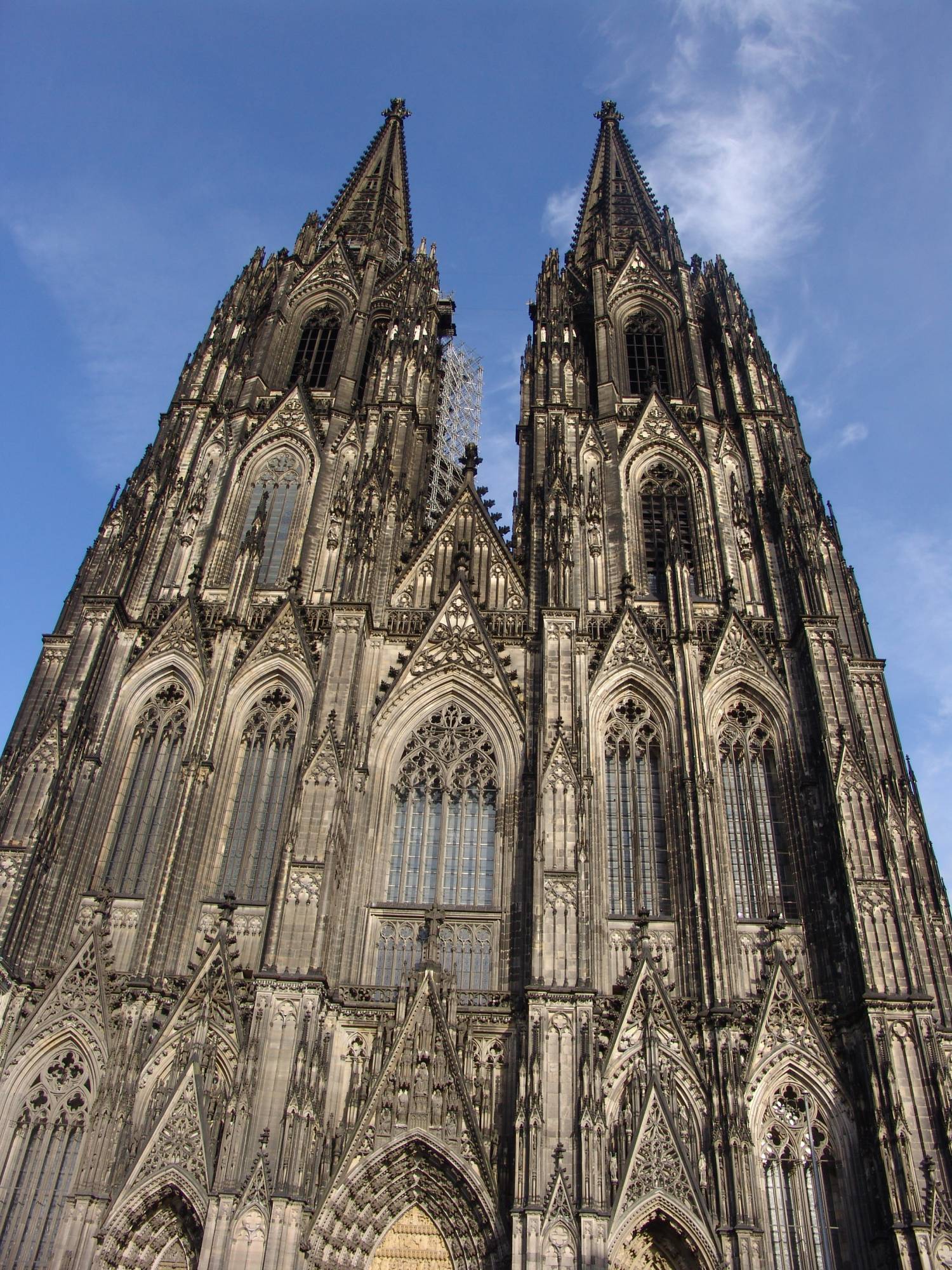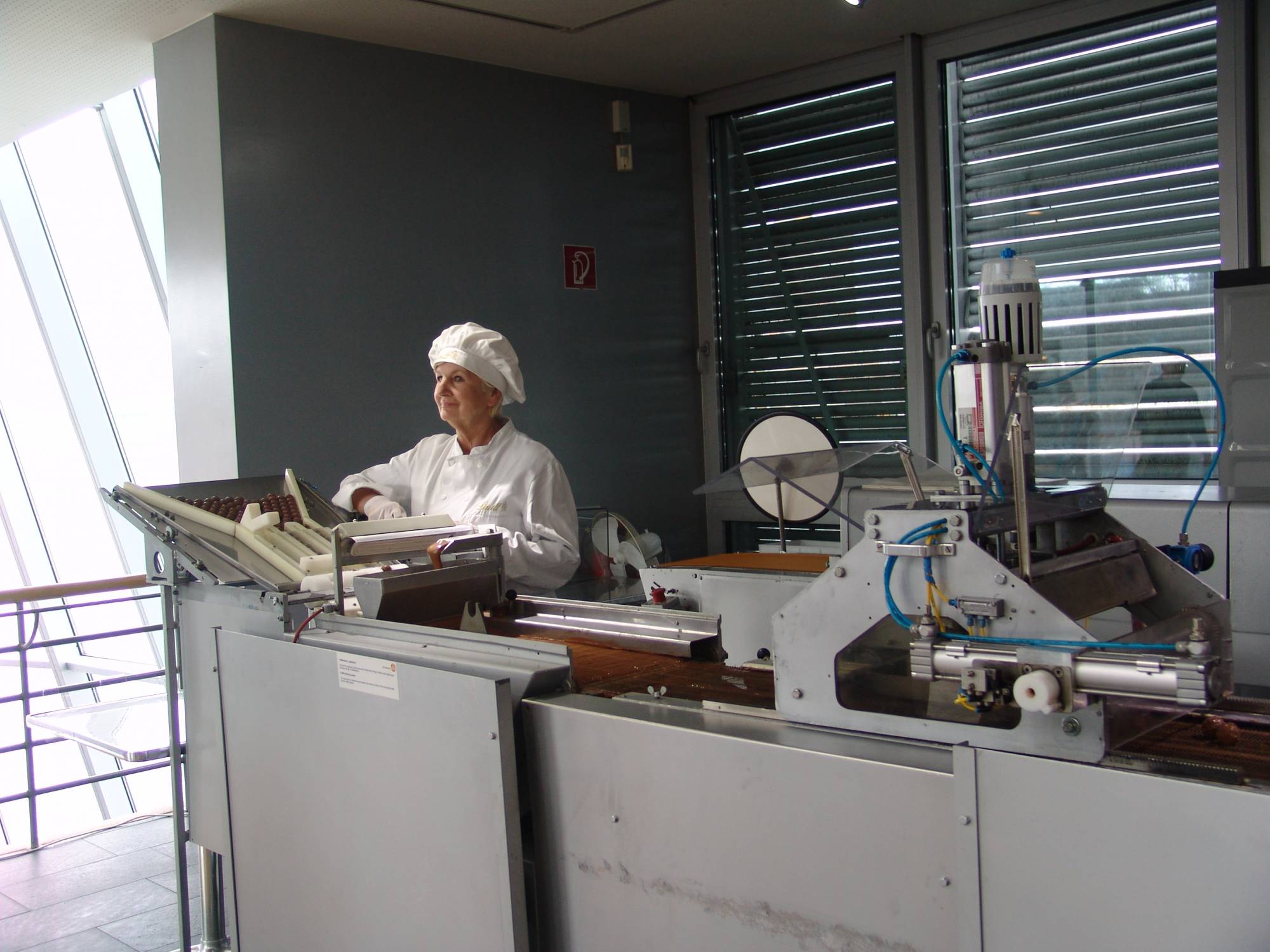When the history of a city dates back to the days of the Romans, you know there’s going to be a lot in it to explore. That's exactly the case with Cologne in the western part of Germany, which is one of the country's oldest cities.

Koln - Cathedral
The stunning Koln (Cologne) Cathedral.
The site was first used as a border post by the Romans, against various Germanic tribes, when the River Rhine, which runs alongside the city, was the line that divided the two from each other. Some of that Roman history can be seen in Cologne even today, with the main Hohe Strasse (High Street) running directly north to south through the city in a straight line. Today it's a bustling street, packed with major name stores. As one of the biggest cities in the region, it’s no surprise to learn that the place is packed with shoppers from Monday to Saturday. As we learnt during our stay in Germany, much of the country closes down on a Sunday, which was an interesting contrast to what we’re used to at home in the United Kingdom or from when we visit the United States.
Anyone heading to Cologne will invariably head for one major attraction at some point during their stay and that’s the striking cathedral. It’s Germany’s most complex Gothic structure and, as soon as we laid eyes on it, we couldn’t help but think how much it reminded us of Gaudi’s masterpiece, Barcelona's Sagrada Familia, where construction has been ongoing for more than a hundred years. The story’s a similar one here, with the foundation stone being laid in 1248 and work then continuing for the next 300 years.
Unbelievably, even after all that time, it still wasn’t finished. Completion had to wait until 1880, when the original Gothic designs were discovered and the cathedral was finally completed. It was, at this point, that the large towers, which are such a focal point of the Cologne skyline today, were added to the building.
You look at the cathedral today and the first thing that strikes you is the colour of the building. It's an interesting mix of both white and black stone and we couldn't fathom out, no matter how long we looked at this impressive building, whether it was two different types of stone or whether the colouring was down to pollution over the years. Whenever we thought we'd decided one way or the other, we'd look again and not be so sure.
The interior is just as beautiful, although sadly we weren’t able to see everything during our visit, as there were services taking place when we visited. Everywhere you look, you get the feeling of having just stepped back in time, with the Gothic stalls that date from the early 1300s and the stained glass windows, which were constructed in the 14th century. We stepped inside late in the day and the sun made beautiful colourful images through them.
As with most churches, it was a refreshingly peaceful place, but the nicest thing was that the peace continued outside the cathedral. All too often, major churches are surrounded by traffic, but fortunately that’s something they’ve given some thought to in Cologne and the whole area outside is pedestrianised. In fact, a huge chunk of the city is traffic free, which gives the place a lovely feel.
That feel helps when you get to the old town area. Without cars travelling around, it’s so much easier to appreciate the architecture and history here. Amongst the buildings that can be found here are the Rathaus (town hall), which was started in 1330, the Gurzenich, a beautiful Gothic building with a huge celebration hall. Nearby is the Wallraf-Richartz-Museum Foundation Corboud, named after Ferdinand Franz Wallraf, who bequeathed his entire art collection to the city in 1821.

Koln - Lindt chocolate museum
One of the workers in the Lindt chocolate museum in Koln (Cologne).
However, during our visit, art of a very different kind was on my mind. As we drove into the city, I spotted the Lindt chocolate museum and instantly I knew that was where I wanted to go. Unsurprisingly, it’s a popular place, with lots of families there for the exhibits and tour, looking at how chocolate is made, including a greenhouse full of cacao trees, and how chocolate's popularity grew over the years. Other exhibits take you through how chocolate was marketed in years gone by, but perhaps the best section is the chocolate production line, which gives you the chance to see how it’s made. The processes that it goes through are fascinating and we lingered a long time in here, just taking it all in.
The chocolate museum is located some distance from the city, but there’s a convenient mini train that runs from there to the cathedral. Considering it’s a good mile from the city centre, the train helps to take the weight off your feet. The rail line also runs up to the Botanical Gardens and, after hearing about how beautiful they were looking, with all the spring flowers coming into bloom, we headed there to check it out for ourselves. We were a little early in the season, but it’s a great place to visit, especially for those on a budget, as there’s no entry charge. The greenhouses here house special exhibits and we were lucky enough to experience a selection of camellias, amongst the biggest collections in Germany.
Sadly, we weren’t able to allocate as much time to Cologne as it deserved, but during our whistle stop tour, we were certainly able to see enough to know that it’s a beautiful and thriving city and well worth a visit.
Recent International Travel Articles:
Updated 07-29-2010 - Article #504
by PassPorter Travel Press, an imprint of MediaMarx, Inc.
Want to know more about International Travel?
Sign up to get our free weekly newsletter with the latest news and updates on International Travel and a 20% discount coupon.
You are in good company -- we have more than 50,000 subscribers!












